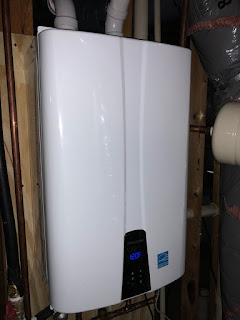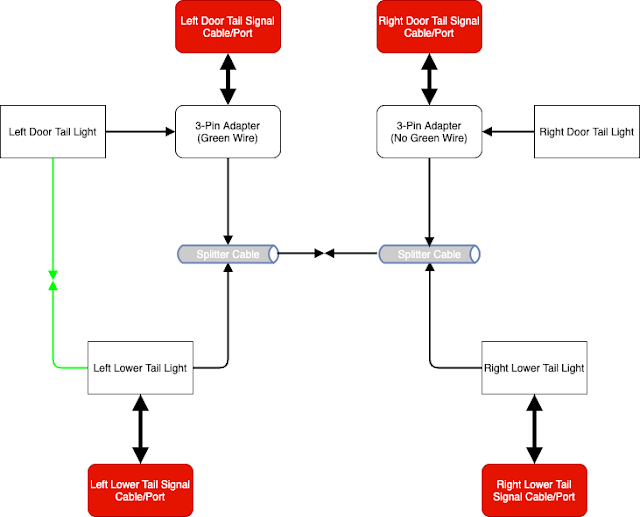VMware: vSAN Disk Group Cache Drive Dead or Error (VSAN Absent Disk)
Summary:
A cache disk failed in my host taking along with it the disk group. This is expected behavior, but for some reason, the disk group also disappeared from GUI so I couldn't decommission the disk group to basically replace the cached drive. So, had to do it through powercli/esxcli. Wish I took a screenshot, cause it was kind of annoying.
PowerCLI Example:
Once you've deleted the offending disk group, you can now create a new disk group utilizing the replaced cache disk and former capacity disks.
A cache disk failed in my host taking along with it the disk group. This is expected behavior, but for some reason, the disk group also disappeared from GUI so I couldn't decommission the disk group to basically replace the cached drive. So, had to do it through powercli/esxcli. Wish I took a screenshot, cause it was kind of annoying.
PowerCLI Example:
Once you've deleted the offending disk group, you can now create a new disk group utilizing the replaced cache disk and former capacity disks.



Comments